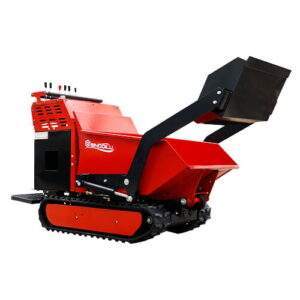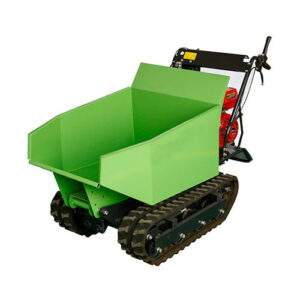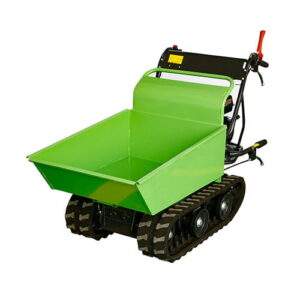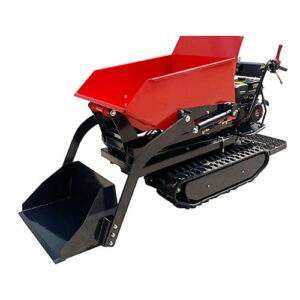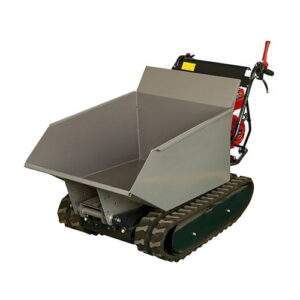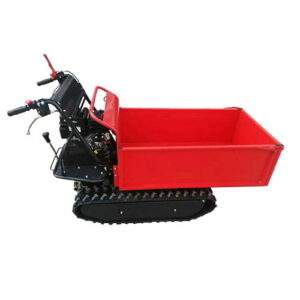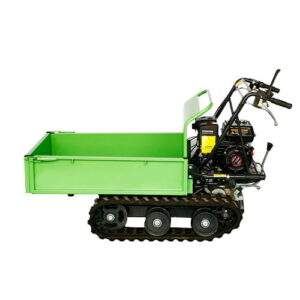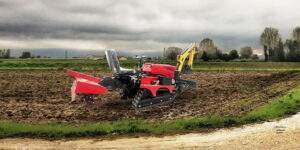Types of Dumper Trucks: Which One is Best for Your Needs?
Introduction
Dumper trucks, also known as dump trucks or tipper trucks, are essential in construction, mining, and many other industries for transporting large volumes of materials. Understanding the different types of dumper trucks and their specific applications can help you choose the right one for your project. This comprehensive guide will delve into various types of dumper trucks, their features, and how to select the best one for your needs.
Understanding Dumper Trucks
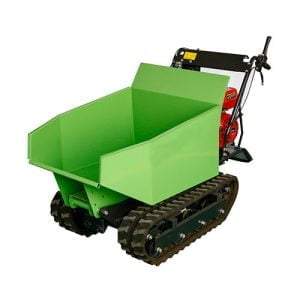
What are Dumper Trucks?
Dumper trucks are heavy-duty vehicles designed to transport and dump materials like sand, gravel, demolition waste, and more. They are characterized by their open-box bed, which can be tilted to unload contents quickly.
Key Features of Dumper Trucks
- Capacity: The amount of material a truck can carry.
- Chassis: The frame of the truck, which affects its stability and durability.
- Engine Power: Determines the truck’s ability to haul heavy loads.
- Dumping Mechanism: The method used to unload materials, such as rear, side, or bottom dumping.
Types of Dumper Trucks
Standard Dump Truck
Description
A standard dump truck has a full truck chassis with a mounted hydraulic ram to lift the bed. The tailgate can swing up or down to allow the material to slide out.
Best Uses
- General construction
- Roadwork
- Light to moderate hauling tasks
Key Features
- Versatile
- Easy to operate
- Moderate load capacity
Articulated Dump Truck
Description
Articulated dump trucks have a hinge between the cab and the bed, allowing for greater maneuverability, especially on rough terrain.
Best Uses
- Mining
- Quarrying
- Off-road construction
Key Features
- High load capacity
- Excellent maneuverability
- Ideal for rough terrain
Transfer Dump Truck
Description
A transfer dump truck consists of a standard dump truck pulling a separate trailer with a movable cargo container.
Best Uses
- Large construction projects
- Asphalt and concrete delivery
Key Features
- Large load capacity
- Flexible and efficient material transport
- Ideal for long-distance hauls
Side Dump Truck
Description
Side dump trucks have hydraulic rams that tilt the bed sideways to dump the materials.
Best Uses
- Road construction
- Agricultural use
- Projects requiring rapid unloading
Key Features
- Quick unloading
- Reduced risk of tipping
- High load capacity
Super Dump Truck
Description
Super dump trucks feature an additional trailing axle, which allows them to carry heavier loads legally.
Best Uses
- Heavy construction
- Large-scale mining operations
Key Features
- Increased load capacity
- Better weight distribution
- Compliance with road weight regulations
Table: Comparison of Types of Dumper Trucks
| Type of Dumper Truck | Load Capacity | Maneuverability | Best Use Case | Key Features |
|---|---|---|---|---|
| Standard Dump Truck | Moderate | Good | General construction, roadwork | Versatile, easy to operate |
| Articulated Dump Truck | High | Excellent | Mining, quarrying, off-road | High load capacity, great for rough terrain |
| Transfer Dump Truck | Very High | Moderate | Large construction, asphalt delivery | Large load capacity, efficient transport |
| Side Dump Truck | High | Good | Road construction, agriculture | Quick unloading, reduced tipping risk |
| Super Dump Truck | Very High | Moderate | Heavy construction, mining | Increased load capacity, better weight distribution |
Factors to Consider When Choosing a Dumper Truck
Load Capacity
The load capacity is one of the most critical factors to consider. It determines how much material the truck can carry in one trip, impacting the overall efficiency of your project.
Determining Load Requirements
- Project Scale: Large projects may require trucks with higher load capacities.
- Material Type: Heavy materials like gravel need robust trucks with higher capacities.
Terrain and Maneuverability
Consider the type of terrain where the truck will be operating. Articulated dump trucks are ideal for rough terrains, while standard dump trucks perform well on paved roads.
Terrain Considerations
- Off-Road: Articulated dump trucks for rugged terrain.
- On-Road: Standard or transfer dump trucks for smoother surfaces.
Dumping Mechanism
The dumping mechanism affects how quickly and efficiently you can unload materials. Side dump trucks offer quick unloading but might not be suitable for all project types.
Mechanism Selection
- Rear Dumping: General use, versatile.
- Side Dumping: Rapid unloading, reduced tipping risk.
- Bottom Dumping: Even spread, ideal for road construction.
Legal Regulations
Ensure the chosen dump truck complies with local weight and size regulations to avoid fines and operational issues.
Compliance Tips
- Check Local Laws: Different regions have specific regulations.
- Super Dump Trucks: Designed to comply with road weight regulations while carrying heavier loads.
Budget and Cost Efficiency
Balancing cost with functionality is crucial. Higher initial investment in more capable trucks can lead to long-term savings and increased efficiency.
Budget Planning
- Initial Cost: Purchase price and financing options.
- Operating Cost: Fuel efficiency, maintenance, and repairs.
Maintenance and Operational Tips
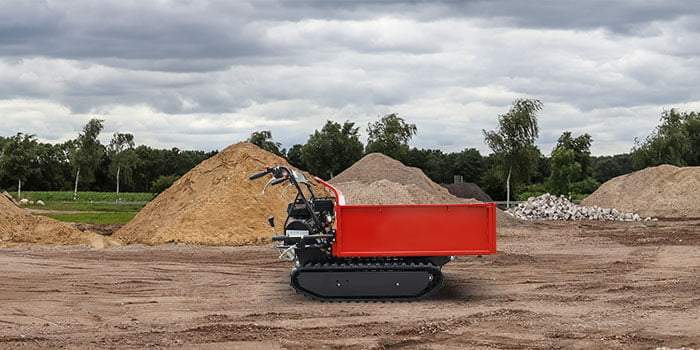
Regular Maintenance
Perform regular maintenance to ensure the longevity and reliability of the dumper truck. This includes checking the hydraulic systems, engine, tires, and dumping mechanism.
Maintenance Checklist
- Hydraulic System: Inspect for leaks and proper function.
- Engine: Regular oil changes and performance checks.
- Tires: Ensure proper inflation and tread depth.
- Dumping Mechanism: Lubricate moving parts and check for wear.
Efficient Operation
Train operators to use the trucks efficiently, maximizing load capacity and minimizing fuel consumption. Proper training also reduces the risk of accidents and equipment damage.
Operator Training
- Load Management: Properly distributing the load to avoid overloading.
- Fuel Efficiency: Techniques for minimizing fuel usage.
- Safety Protocols: Safe driving and dumping practices.
Technology Integration
Modern dump trucks come with advanced technologies like GPS, telematics, and automated systems to improve efficiency and safety.
Technological Enhancements
- GPS: For route optimization and real-time tracking.
- Telematics: Monitoring truck performance and maintenance needs.
- Automation: Automated dumping and load management systems.
Conclusion: Types of Dumper Trucks
Choosing the right type of dumper truck for your needs involves considering various factors such as load capacity, terrain, dumping mechanism, legal regulations, and budget. By understanding the unique features and best use cases of different types of dumper trucks, you can make an informed decision that enhances the efficiency and effectiveness of your projects. Regular maintenance and efficient operation further ensure that your chosen dump truck serves you well for years to come.
FAQ
What are the most common types of dumper trucks?
The most common types of dumper trucks include standard dump trucks, articulated dump trucks, transfer dump trucks, side dump trucks, and super dump trucks. Each type is designed for specific applications and terrain conditions.
How do I choose the right dumper truck for my project?
To choose the right dumper truck, consider factors such as load capacity, terrain, dumping mechanism, legal regulations, and your budget. Assess the specific requirements of your project to determine the best fit.
What is the advantage of using an articulated dump truck?
Articulated dump trucks offer excellent maneuverability, especially on rough and uneven terrain. They have a high load capacity and are ideal for mining, quarrying, and off-road construction projects.
How often should I perform maintenance on a dumper truck?
Regular maintenance should be performed based on the manufacturer’s recommendations, typically including daily checks, weekly inspections, and more thorough monthly or quarterly servicing. Regular maintenance ensures the truck’s reliability and longevity.
What technological features are available in modern dumper trucks?
Modern dumper trucks come with advanced features such as GPS for route optimization, telematics for performance monitoring, and automated systems for dumping and load management. These technologies enhance efficiency, safety, and overall performance.

